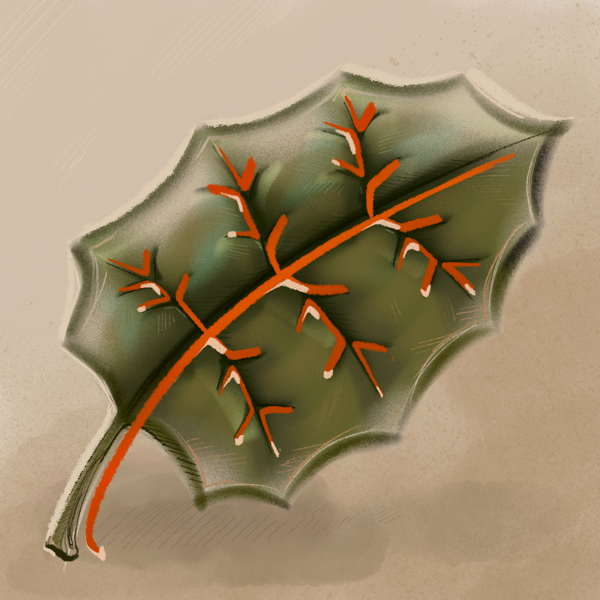Our goal is to boost our research output for 2025 by √2 over our previous year. We measure our research output by SNIP points, which are described in our Journals page. Help us reach our target of 56 points for this year.
Drafts

Dirichlet meets Kauffman
Long the province of statistical physics, the structure of the Kauffman model of genetic computation is uncovered via Dirichlet convolutions.

Number theory
Recursive divisor properties
The recursive divisor function is found to have a simple generating function, which leads to a number of new Dirichlet convolutions.
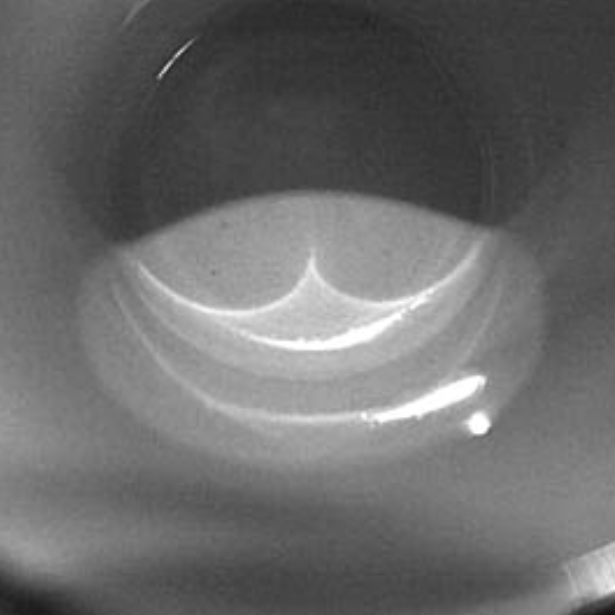
Singularities of discriminants
Investigating to what extent Whitney's theorem holds true for more general universal polynomials such as A-discriminants by Gelfand, Kapranov and Zelevinsky.
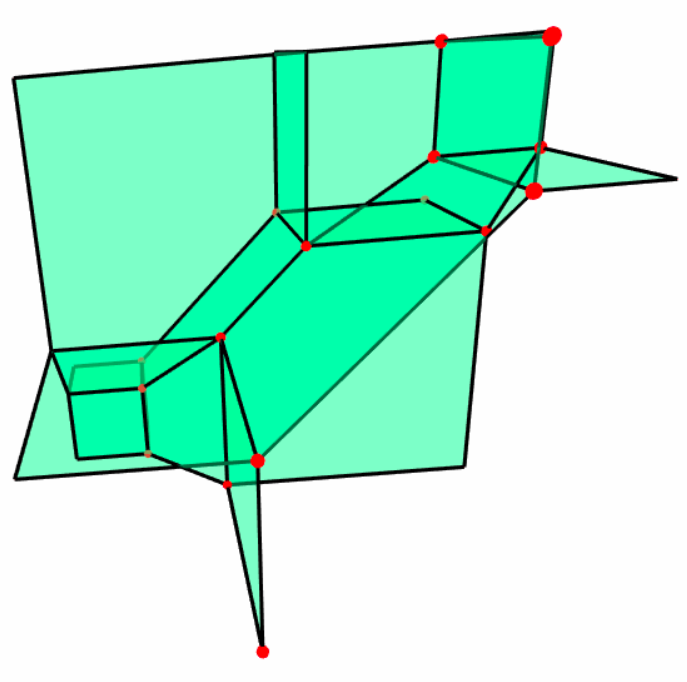
Algebraic geometry
Topology of tropical polynomials
Tropical geometric objects share many characteristics with classical algebraic geometry objects. We study this correspondence for the topology of polynomials.
MSSM vacuum structure
On the vacuum structure of the minimal supersymmetric standard model, which considers only particle states and interactions consistent with reality.
Arxiv

Theory of innovation
Recursive structure of innovation
A theoretical model of recursive innovation suggests that new technologies are recursively built up from new combinations of existing ones.

Number theory
Higher energies
Generalising the recent Kelley–Meka result on sets avoiding arithmetic progressions of length three leads to developments in the theory of the higher energies.

High energy physics
Topological dark matter
Sterile neutrinos are replaced by topological order as dark matter candidates to counterbalance the Standard Model’s gravitational anomalies.
Algebraic geometry
Slight degenerations
The tools used to study polynomial equations with indeterminate coefficients are extended to some important cases with interrelated ones.
Algebraic geometry
Schön complete intersections
A uniform approach to a class of varieties is described that includes important types of objects from geometry, optimisation and physics.
Number theory
Ample and pristine numbers
Parallels between the perfect and abundant numbers and their recursive analogs point to deeper structure in the recursive divisor function.
Algebraic geometry
Symmetric spatial curves
We study the geometry of generic spatial curves with a symmetry in order to understand the Galois group of a family of sparse polynomials.
Number theory
Recursive divisor properties
The recursive divisor function has a simple Dirichlet series that relates it to the divisor function and other standard arithmetic functions.
Evolvability
Flowers of immortality
The eigenvalues of the mortality equation fall into two classes—the flower and the stem—but only the stem eigenvalues control the dynamics.
AI-assisted maths
Learning integrability
We introduce an AI-based framework for finding solutions to the Yang-Baxter equation and discover hundreds of new integrable Hamiltonians.
Quantum physics
Regularising CRT
Charge conjugation C, space reflection R, and time-reversal T operators are regularised in a quantum many-body Hilbert space on a discrete lattice.
Condensed matter theory
Counting free fermions
We link the statistical properties of one-dimensional systems of free fermions initialised in states of either half- or alternating-occupancy.
Computational linguistics
Cross-lingual knowledge
Models trained on a Russian topical dataset, of knowledge-grounded human-human conversation, are capable of real-world tasks across languages.
High energy physics
An 8-fold way for CRT
Varying the spacetime dimensions fermions occupy shows charge-conjugation C, space-reflection R and time-reversal T symmetries are 8-fold periodic.
Machine learning polytopes
A supervised machine of learning lattice polytopes predicts properties of volume, dual volume, and reflexivity with up to 100% accuracy.
Machine learning
Boosting AI reasoning
By increasing the effective depth of neural networks, we improve their sequential reasoning abilities in tasks involving cellular automata.
Machine learning
Limits of attention
We demonstrate that transformer attention can only discriminate well at shorter context lengths, losing clarity as input length increases.
High energy physics
Topological responses
Fractional conductivity between the nuclear and electromagnetic higher symmetries reveals four global Lie gauge groups of the Standard Model.
Representation theory
Group representations
A general approach to proving the irreducibility of representations of infinite-dimensional groups within the frame of Ismagilov's conjecture.
Condensed matter theory
Topological boundary
We show that Weyl fermions and anomalous topological order in 4 dimensions can live on the edge of the same 5-dimensional superconductor.
Algebraic geometry
Linearising actions
We give a solution of the linearisation problem in the Cremona group of rank two over an algebraically closed field of characteristic zero.
High energy physics
A new leptogenesis
We propose that dark matter consists of topological order, so gapped anyon excitations decay to generate the Standard Model's lepton asymmetry.
Submitted home

Synthetic biology
Cell soup in screens
Bursting cells can introduce noise in transcription factor screens, but modelling this process allows us to discern true counts from false.

Evolvability
I want to be forever young
The mortality equation governs the dynamics of an evolving population with a given maximum age, offering a theory for programmed ageing.
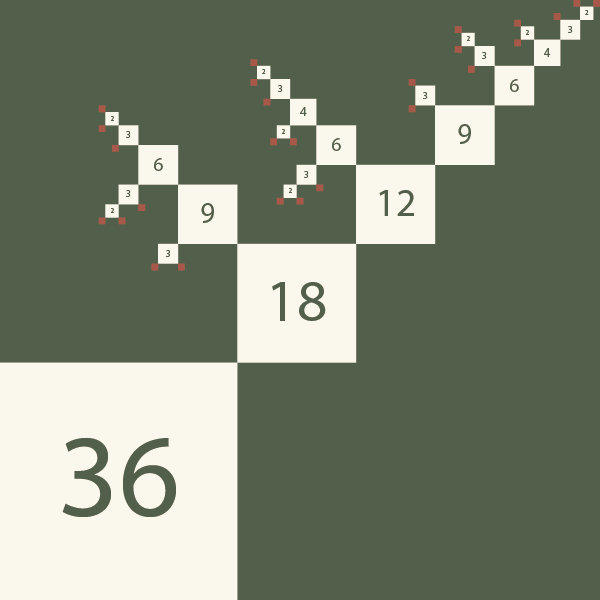
Number theory
Counting recursive divisors
Three new closed-form expressions give the number of recursive divisors and ordered factorisations, which were until now hard to compute.
Submitted away
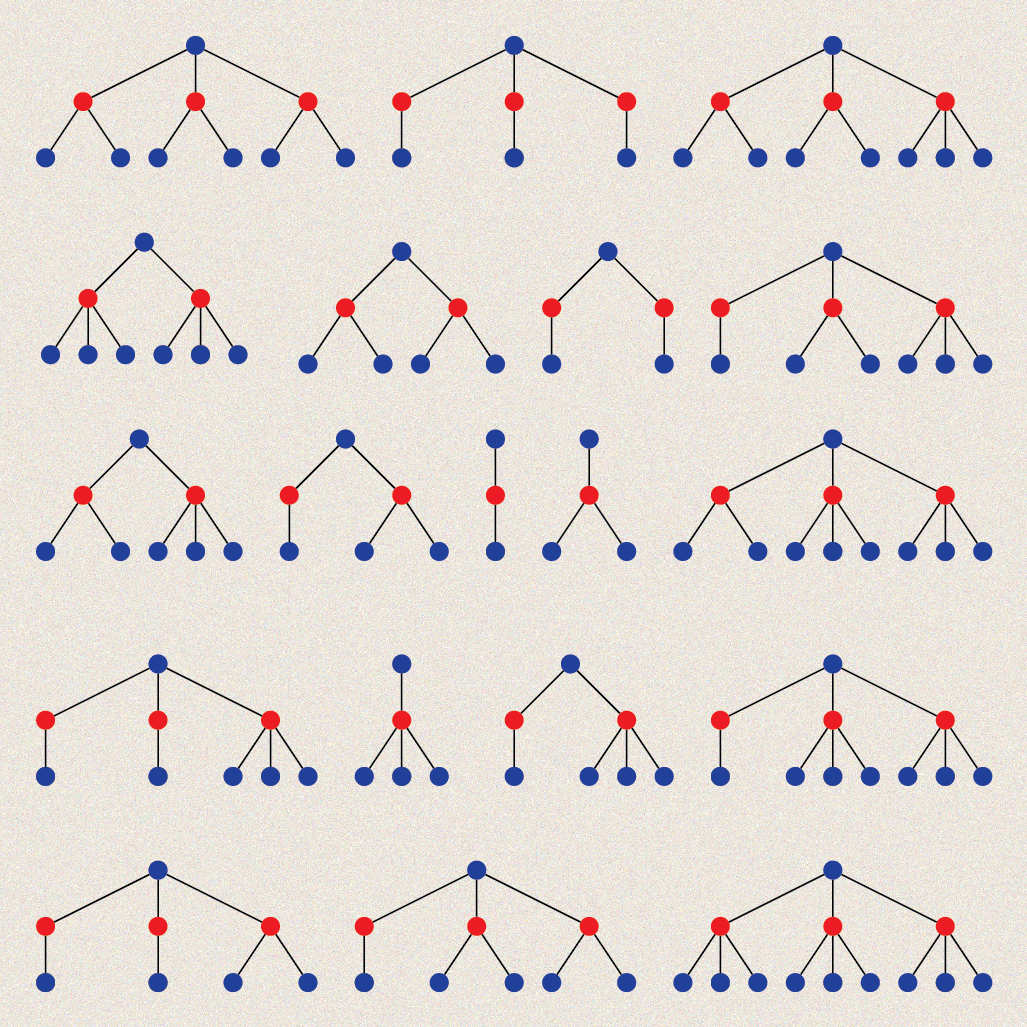
Combinatorics
In life, there are few rules
The bipartite nature of regulatory networks means gene-gene logics are composed, which severely restricts which ones can show up in life.
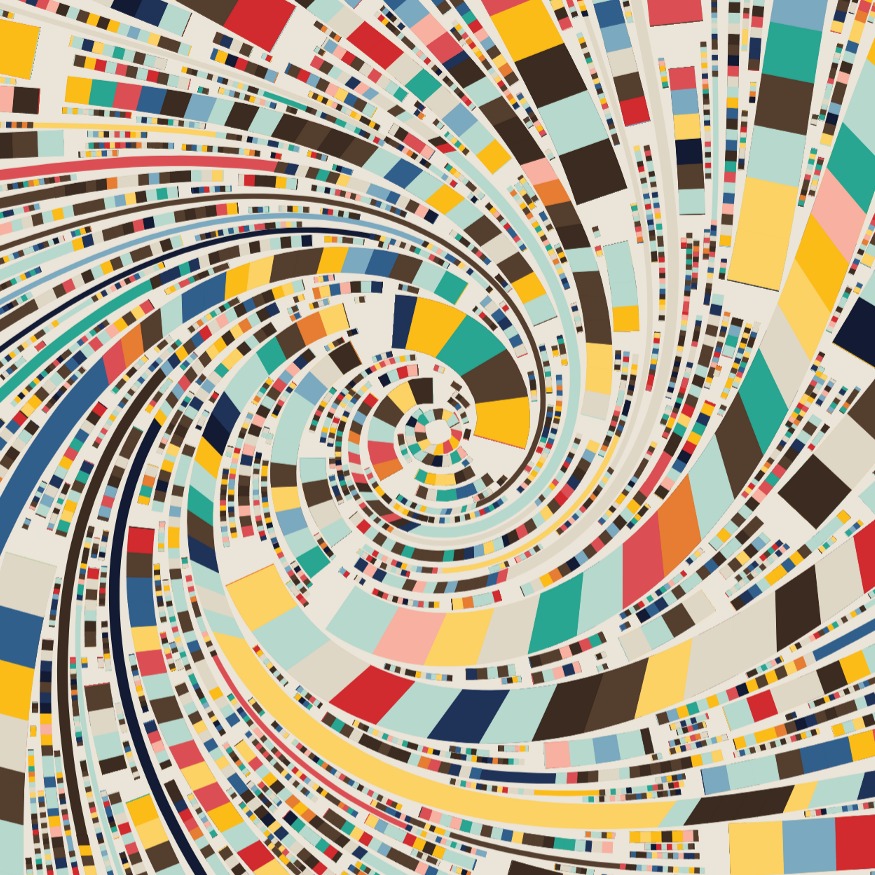
Combinatorics
Structure of genetic computation
The structural and functional building blocks of gene regulatory networks correspond, which tell us how genetic computation is organised.

Combinatorics
Biological logics are restricted
The fraction of logics that are biologically permitted can be bounded and shown to be tiny, which makes inferring them from experiments easier.
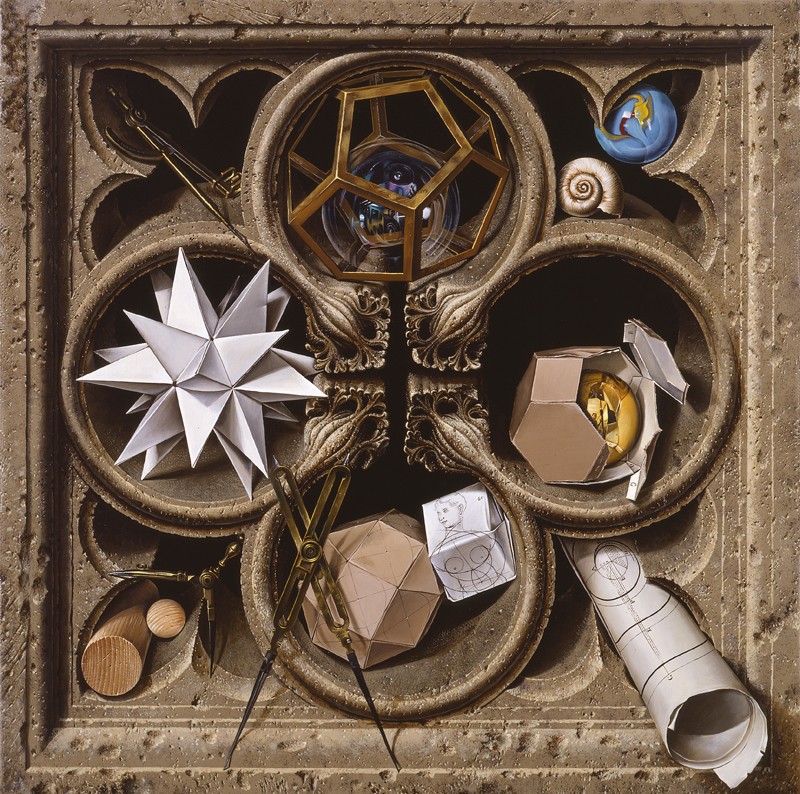
Combinatorics
Representation for sum-product
A new way to estimate indices via representation theory reveals links to the sum-product phenomena and Zaremba’s conjecture in number theory.
Number theory
Bounding Zaremba’s conjecture
Using methods related to the Bourgain–Gamburd machine refines the previous bound on Zaremba’s conjecture in the theory of continued fractions.
Algebraic geometry
Permuting the roots
The Galois group of a typical rational function is described and similar problems solved using the topology of braids and tropical geometry.
Quantum physics
Towards optimal control
Time-optimal control of large quantum systems is computed efficiently by applying boundary conditions to a brachistochrone–Lax framework.
Algebraic geometry
Sparse singularities
Geometric properties, including delta invariants, are computed for singular points defined by polynomials with indeterminate coefficients.
AI-assisted maths
Learning to be simple
Neural networks classify simple finite groups by generators, unlike earlier methods using Cayley tables, leading to a proven explicit criterion.
Algebraic geometry
Analysing the vacuum
Birational methods in algebraic geometry are used to explicitly describe the vacuum structure of the Minimal Supersymmetric Standard Model.
From words to blocks
Combining a language model with reinforcement learning enables object construction in a Minecraft-like environment from natural language instructions.
AI-assisted maths
Convolution in topology
Using Inception, a convolutional neural network, we predict certain divisibility invariants of Calabi-Yau manifolds with up to 90% accuracy.
Published

Number theory
Common energies
A polynomial criterion is obtained for a set to have a small doubling, expressed in terms of the common additive energy of its subsets.

Representation theory
Braid representations
We demonstrate that the Lawrence–Krammer representation arises as a q-deformation of the symmetric square of the Burau representation.
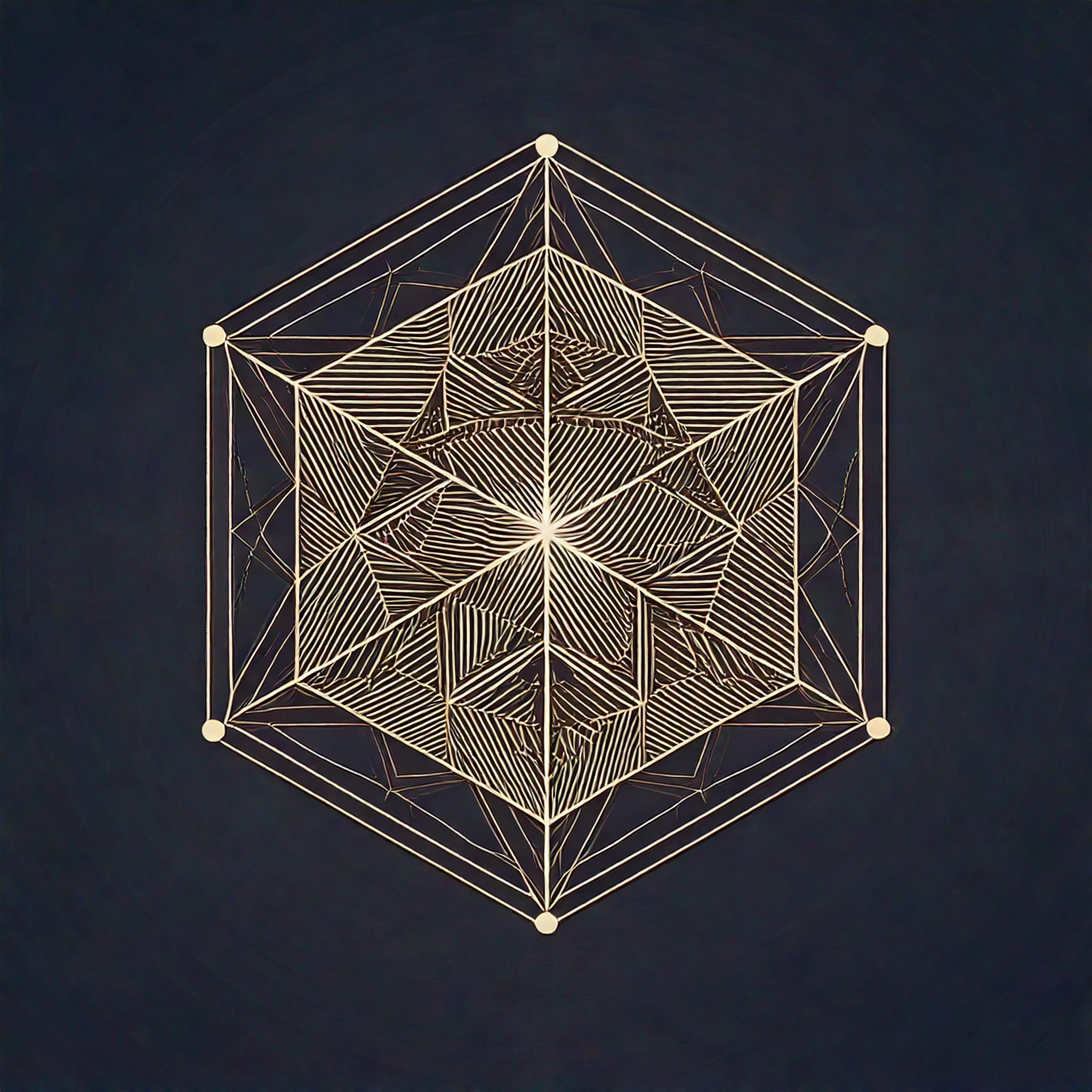
Linear algebra
Infinite parallelotope
We study the geometry of finite dimensional space as the dimension grows to infinity with an accent on the height of the parallelotope.
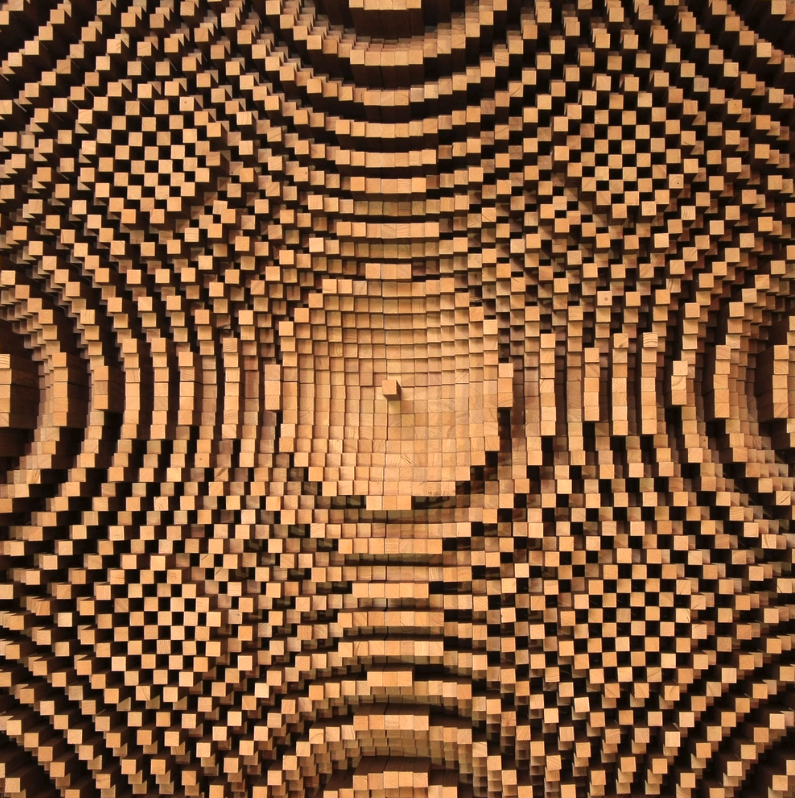
Combinatorics
Quadratic residues
Additive combinatorics sheds light on the distribution of the set of squares in the prime field, revealing a new upper bound for the number of gaps.
Quantum field theory
Continuous quivers
Continuous quivers enable exact Wilson loop calculation, reveal an emergent dimension, and raise tantalising questions on dual strings.
Statistical mechanics
Fredholm meets Toeplitz
A new approach to the large distance asymptotic of the finite-temperature deformation is discussed for a sine-kernel Fredholm determinant.
Quantum optimal control
Optimal transfer
We use the quantum brachistochrone method to design an optimal control strategy for the fastest quantum state transfer in long qubit chains.
Neurocomputing
Circuits with memory
We derive dynamical equations for networks with memristors and the Lyapunov functions of purely memristive circuits to study their stability.
Number theory
Reflexions on Mahler
Using Newton polynomials from reflexive polygons, we find that the Mahler measure and dessin d’enfants are in one-to-one correspondence.
Condensed matter theory
Nonreciprocal breather
Producing the first examples of breathing solitons in one-dimensional non-reciprocal media allows their propagation dynamics to be analysed.
Machine learning
Speaking DNA
A family of transformer-based DNA language models can interpret genomic sequences, opening new possibilities for complex biological research.
Quantum physics
Fibonacci anyons
With IBM Quantum, we braid non-abelian Fibonacci anyons in string-net condensates to realise fault-tolerant universal quantum computation.
AI-assisted maths
Metaheuristic tilings
We use simulated annealing to efficiently construct all brane tilings that encode supersymmetric gauge theories and discover a new one.
High energy physics
C, P and T in fractions
Charge-conjugation, space-parity and time-reversal symmetries are shown to form noncommutative groups, including the order-16 Pauli group.
Statistical mechanics
On universal dynamics
Quantum many-body systems share patterns of dynamics that are exactly described by tridiagonal matrices based on continuous Hahn polynomials.
High energy physics
Reinforcing spectra
We show reinforcement learning can be used to check whether a certain class of quantum field theory has a finite spectrum of stable particles.
Quantum optimal control
Three-qubit shortcut
We achieve maximal-fidelity state transfer in the fastest possible time for a 3-qubit chain by applying the quantum variational method.
Representation theory
Irreducible group action
We construct the unitary representation of an infinite-dimensional general linear group acting on a space and establish its irreducibility.
AI-assisted maths
Learning 3-manifolds
3-manifolds represented as isomorphism signatures of their triangulations and associated Pachner graphs are analysed with machine learning.
Machine learning
BERT enhanced with recurrence
The quadratic complexity of attention in transformers is tackled by combining token-based memory and segment-level recurrence, using RMT.
Algebraic geometry
Standard Model vacuum
The rich and intricate vacuum geometry of the Minimal Supersymmetric Standard Model—a complex manifold—is characterised for the first time.
String theory
Futaki for reflexives
We compute Futaki invariants for gauge theories from D3-branes that probe toric Calabi-Yau singularities arising from reflexive polytopes.
Machine learning
Multitasking memory
The abilities and power of a type of transformer model with memory are greatly improved by learning several key tasks at once during training.
